
Table of Contents
Orbitype as a Headless CMS alternative to ButterCMS
As we continue to roam for optimal efficiency and flexibility in website and app development, we look up towards the peak of headless Content Management System (CMS). On its upward hike is Orbitype, rising up to offer alternatives to those like Strapi whose already established at the top.
In the next section, we’ll look closer into how Orbitype towers with its supply of unique features and user-friendly interface. It holds a part in revolutionizing efficient content management. So, join us as we explore the potential of Orbitype in redefining your Headless CMS standards.
What is a headless CMS?
A headless CMS is a content management system that opens gates. It opens to you managing and organizing digital content without being tied to a specific front-end presentation layer. And thanks to API, content can be delivered to any device, making it mobile and universal
This approach puts a spotlight on helping users to adapt quickly to new technologies and trends, while simplifying content delivery across different channels.
The rise of Strapi as a popular headless CMS
Strapi stands on the frontlines of headless CMS thanks to its arsenal of a user-friendly interface, fast core features, and customization options.
Strapi allows users to go hard on content creation, management, and distribution without the walls of a pre-defined front-end. This flexibility enables developers to build unique and tailored experiences for their users.
Strapi's easy to use, intuitive user interface makes it accessible to content teams with experienced developers and non-technical users. It also boasts fast-core features, allowing for quick content creation and delivery. Additionally, Strapi's customizable nature allows for the smooth integration of third-party services and the creating solutions to meet specific needs.
Understanding the importance of user experience
In the digital world, the concept of user experience (UX) is to make sure end-user interactions are not only effective but also provide sufficient customer experiences.
UX is key when evaluating a headless CMS as an alternative for Strapi. It is because a well-executed headless CMS allows developers more flexibility and lets content creators to easily make unique and dynamic user interfaces on various platforms.
The role of user experience in mobile apps
Mobile apps thrive as headless CMSs improves content delivery, but with a well-designed user experience, it shines.
A successful mobile app relies on a well-designed UX, which affects user satisfaction, engagement, and retention rates.
As the UX takes it place at the center of mobile app development, developers deploying headless CMS can have seamless, cross-platform UIs that are easy to use and easy on the eyes.
Not only websites but also apps can benefit from using headless CMS for easy content management. With a headless CMS, app developers can separate the content creation and management process from the app's front-end user experience.
This allows for greater flexibility and scalability in content updates, as developers can easily make changes to the content without affecting the app's overall user interface and functionality.
By using a headless CMS, app developers can focus on creating a seamless user experience, while content managers can efficiently manage and update the app's content without any technical barriers.
This ensures that the app's content remains relevant and up-to-date, providing a better user experience for app users.
Leveraging the power of blog posts with a headless CMS
Using a headless CMS in publishing content and managing can be a superpower for content editors and creators wanting to overcome the boundaries of digital experiences.
The decoupling of the content management from the presentation layer gives headless CMS the power-up of greater flexibility and omnichannel content delivery.
Writers can zone in on crafting quality, heart-pulling content, while developers easily integrate this content across every digital touchpoint, ensuring a consistent user experience and wider reach.
The impact of high-quality blog posts on user engagement
Top-tier content and blog posts skyrocket user engagement as they offer treasures of content to users. The focus on quality when content teams aim for excellence, means user retention.
They re-share, re-post, and re-visit your work. Such loyalty not only deepens the roots of the brand's authority,. It also makes positive contribution in search engine rankings, as algorithms put above content well accepted by users.
Moreover, using a headless CMS means that as content quality boosts engagement, the technical flexibility behind-the-scenes rises with it.
Thanks to the ability of delivering content via APIs directly from any frontend framework, marketers and developers can adapt in snap as trends and users' consumption come and go.
Using a headless CMS to create and manage blog content
By using a headless CMS for creation, you fly the flag of innovation high. You also allow interactive elements to grace and grow the reader's engagement.
Interactive infographics, videos, or audios can be easily woven within the articles, bringing a static post into life, into a multimedia experience.
This adaptability will be your guide in a digital landscape. When the roads to satisfying user expectations is never clear and always changing, the ability to show content differently will pave your way through and to the market.
Who is Headless CMS for?
Headless CMS platforms are not just for large enterprises or experienced developers; they are also incredibly beneficial for small businesses, freelancers, and non-profit organizations.
All kinds of users, looking to make a mark in the virtual world, start with a step towards headless CMS.
Evaluating alternatives to Strapi
When evaluating alternatives to Strapi, Orbitype throws the glove as a noteworthy contender. Orbitype stands out with its advanced content modeling capabilities. Its user-friendly interface and highly customizable nature cater to content creators seeking more control over content structure. Orbitype is a scalable CMS, designed to grow with your business and ensure that your content management needs are always met.
One of Orbitype’s standout features is metadata management, allowing for precise organization and retrieval of content. It provides a centralized platform that effortlessly connects and interacts with various applications and data sources. Gone are the days of struggling with multiple plugins or complex integrations. Orbitype’s remarkable connectors bridge the gap between different applications and data sources, from on-premises databases to cloud-based services.
For those interested in how Orbitype compares to other popular platforms, check out why it's also a powerful WordPress alternative. Orbitype is a scalable CMS, designed to grow with your business and ensure that your content management needs are always met.
Key Features of Orbitype
Orbitype's data storage flexibility allows it to integrate with S3 storage and SQL/Postgres databases.
This enables custom table structures and structured content and gives developers flexibility in storing and managing data. This is just one of the basic features of Orbitype.
Aside from that Orbitype provides an API for accessing content and performing CRUD operations on S3 and SQL databases. This provides a flexible, API-driven development approach.
An IPX image management instance is also provided. This enables spontaneous image adjustments, which can be integrated into front-end applications.
As a headless CMS, Orbitype also takes special care of security. It does this by enabling server-side access to the API. This reduces the risk of direct client-side access to the database.
Orbitype supports user-defined data structures. This is done depending on JSON, SQL, and other data types, such as timestamps or UUID fields.
Flexibility with Orbitype
Orbitype's flexibility extends to customizing your digital workflows. Their application interface allows you to design and build tailored solutions specific to your business needs.
You have the freedom to choose the data sources you want to connect, the operations you want to perform, and the insights you want to gain.
Comparison of Features between Orbitype and Strapi
Orbitype focuses more on the integration of specific storage solutions and custom database designs. Whereas Strapi offers a more general CMS solution with a strong focus on simple user interfaces and the plugin ecosystem.
Orbitype is more focused on API and integration than Strapi. As an open-source Headless CMS, Strapi has a large community and a wealth of resources for bug fixing and enhancements.
The Orbitype has an active community and support ecosystem that is inherently different.
Orbitype's integration with services like AWS S3 and its approach to database management can also be beneficial for projects that want to make greater use of cloud services or require schemas of complex data.
Additionally, when comparing Orbtype to other content management systems, such as Strapi, it is important to note that Orbtype is a Managed Headless CMS, which means there are no updates that need to be done manually, as Orbtype continuously improves itself.
In contrast, while Strapi does have a plan for managed services, it comes with a significant lock-in and is often considered to be expensive.
Final Thoughts
The decision-making process in selecting a headless CMS should also factor in long-term scalability and the potential for integrations.
As businesses grow and their content strategies evolve, the CMS platform must be able to accommodate increased traffic, expanded content types, and new digital channels.
Both Orbitype and Strapi demonstrate these capabilities, but Orbitype's emphasis on API-driven content management offers a high degree of flexibility for businesses with complex content distribution needs.
Take note that it’s vital for organizations to consider their unique scenario, including their technical resources, to make the most informed decision possible.

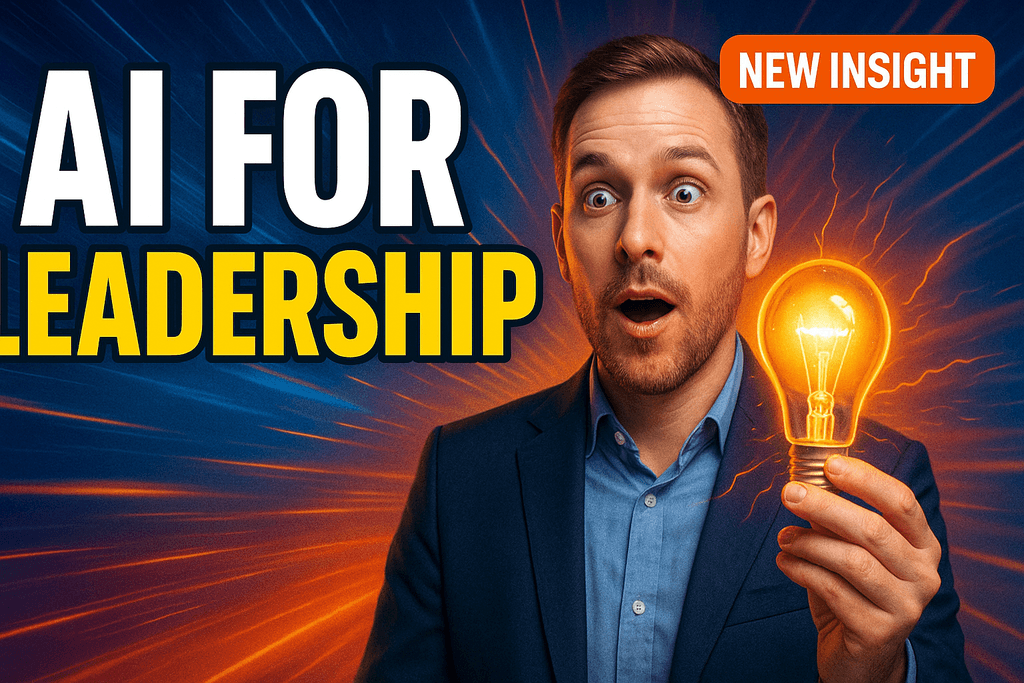
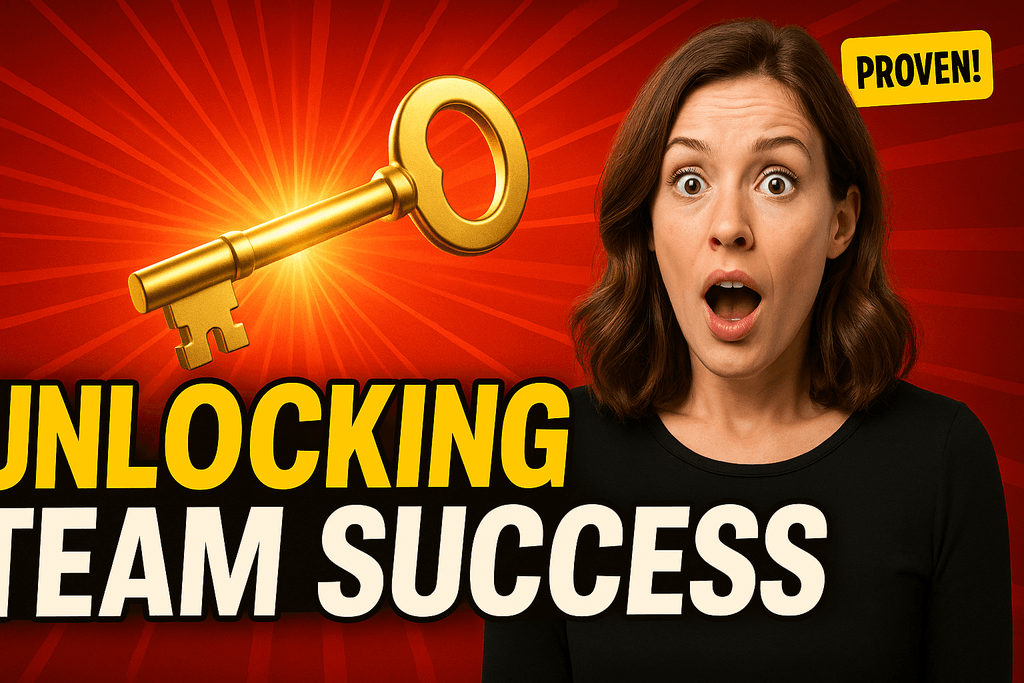
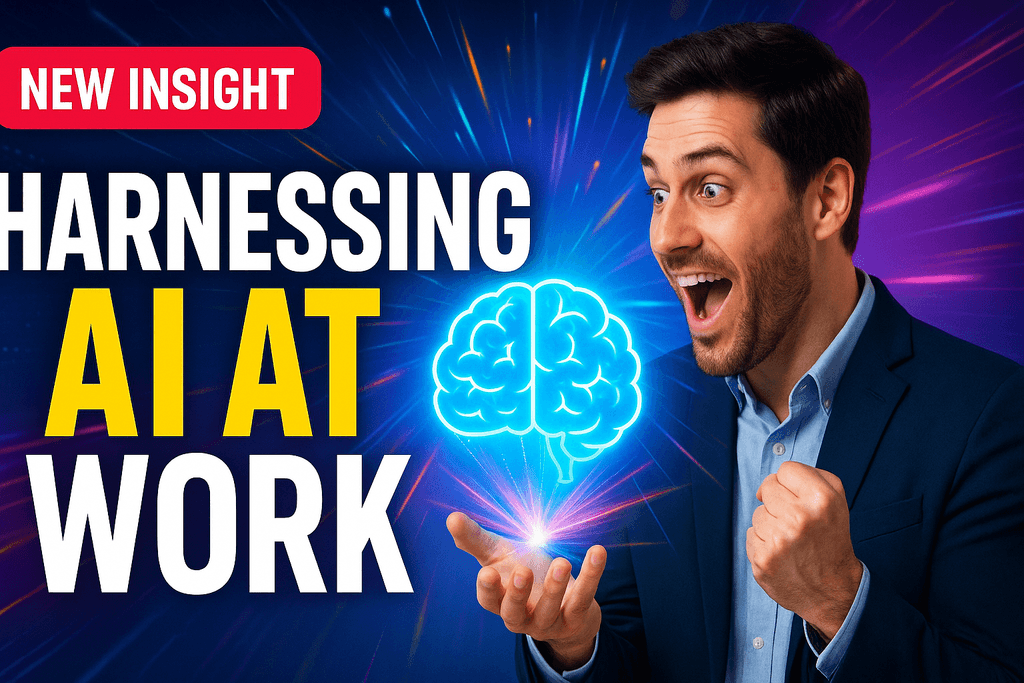
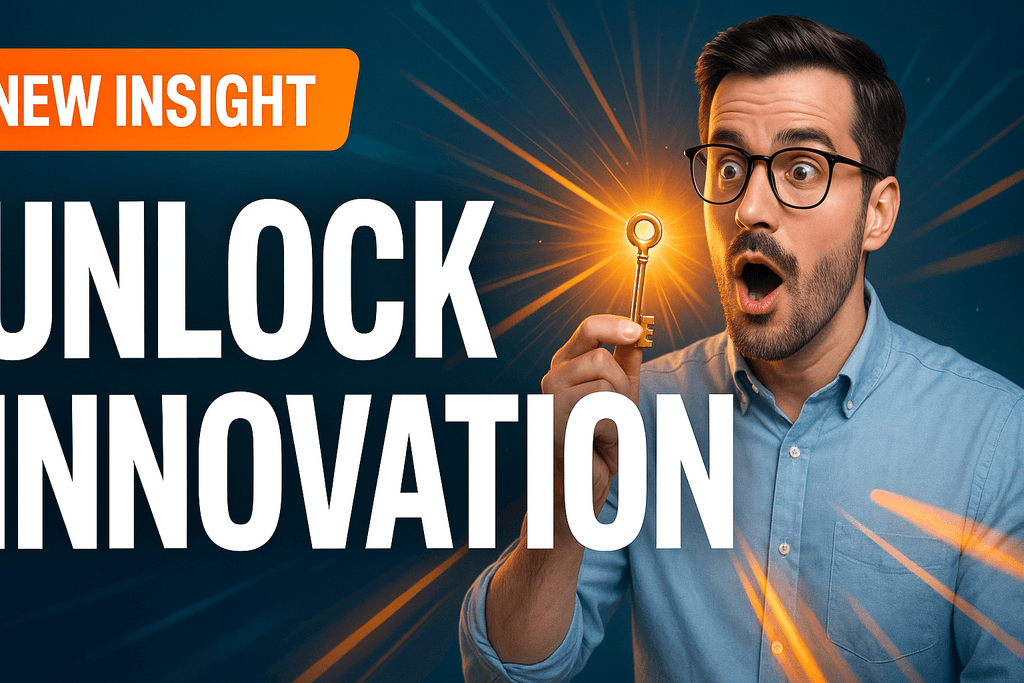
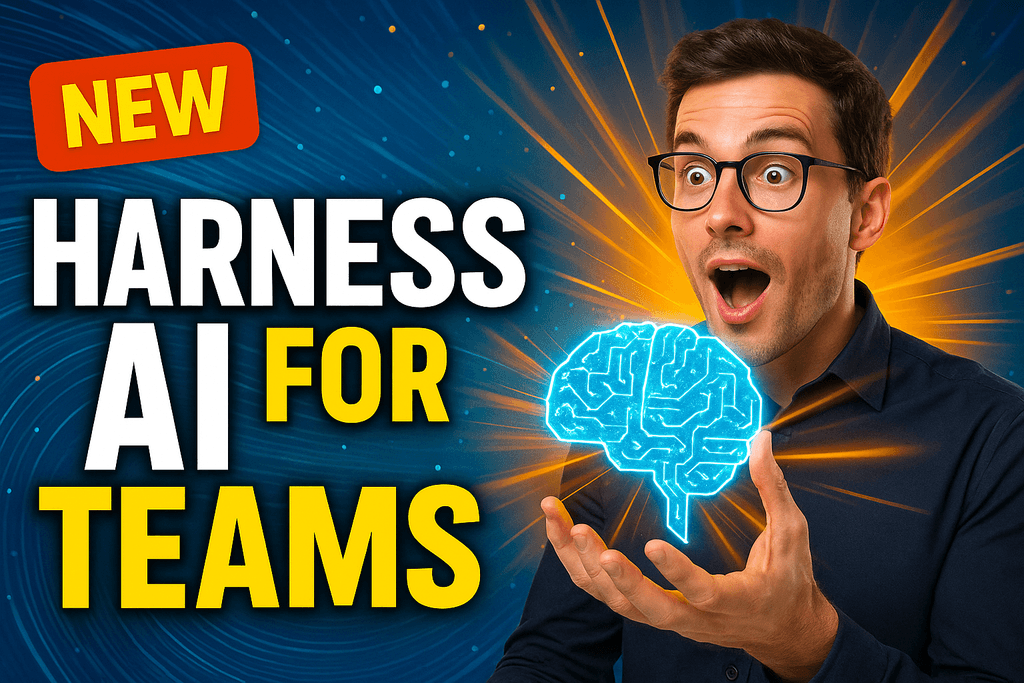
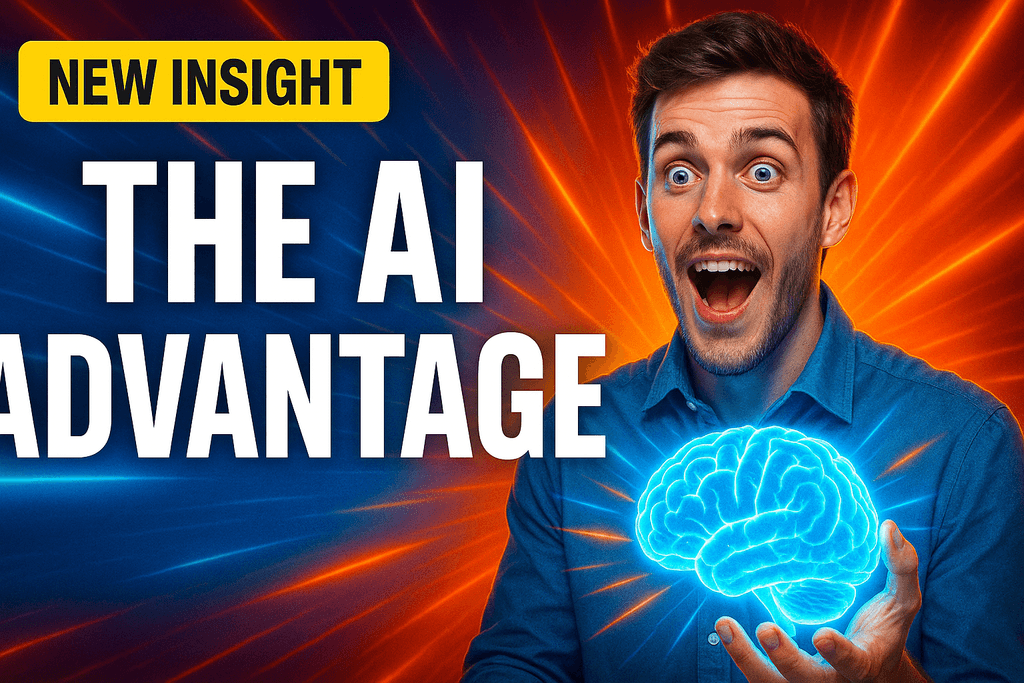

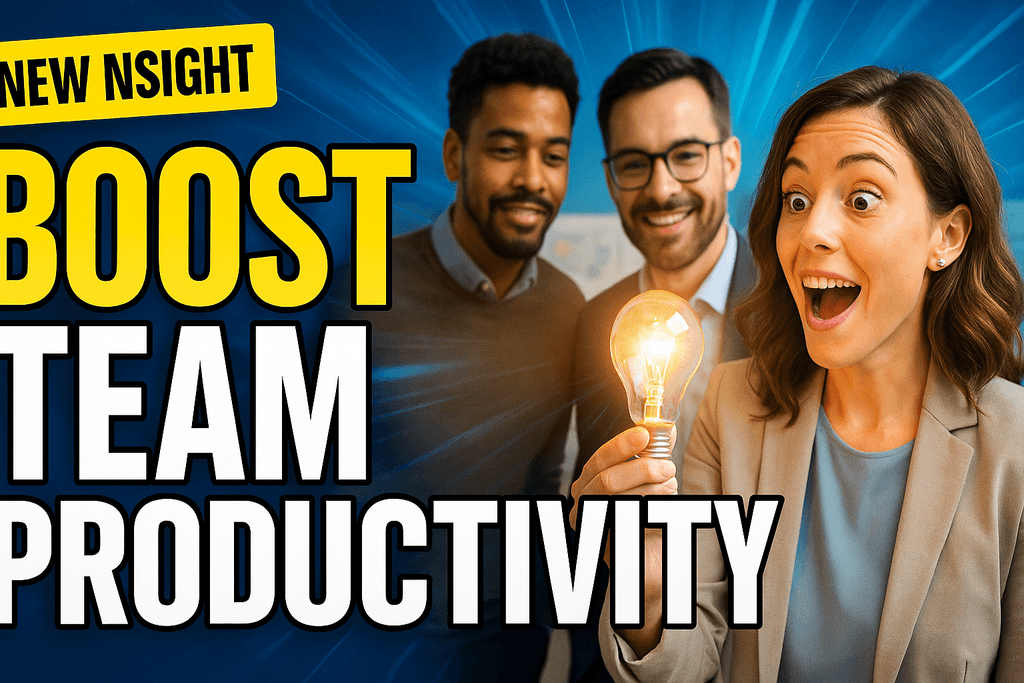












.png&w=1024&q=80)

